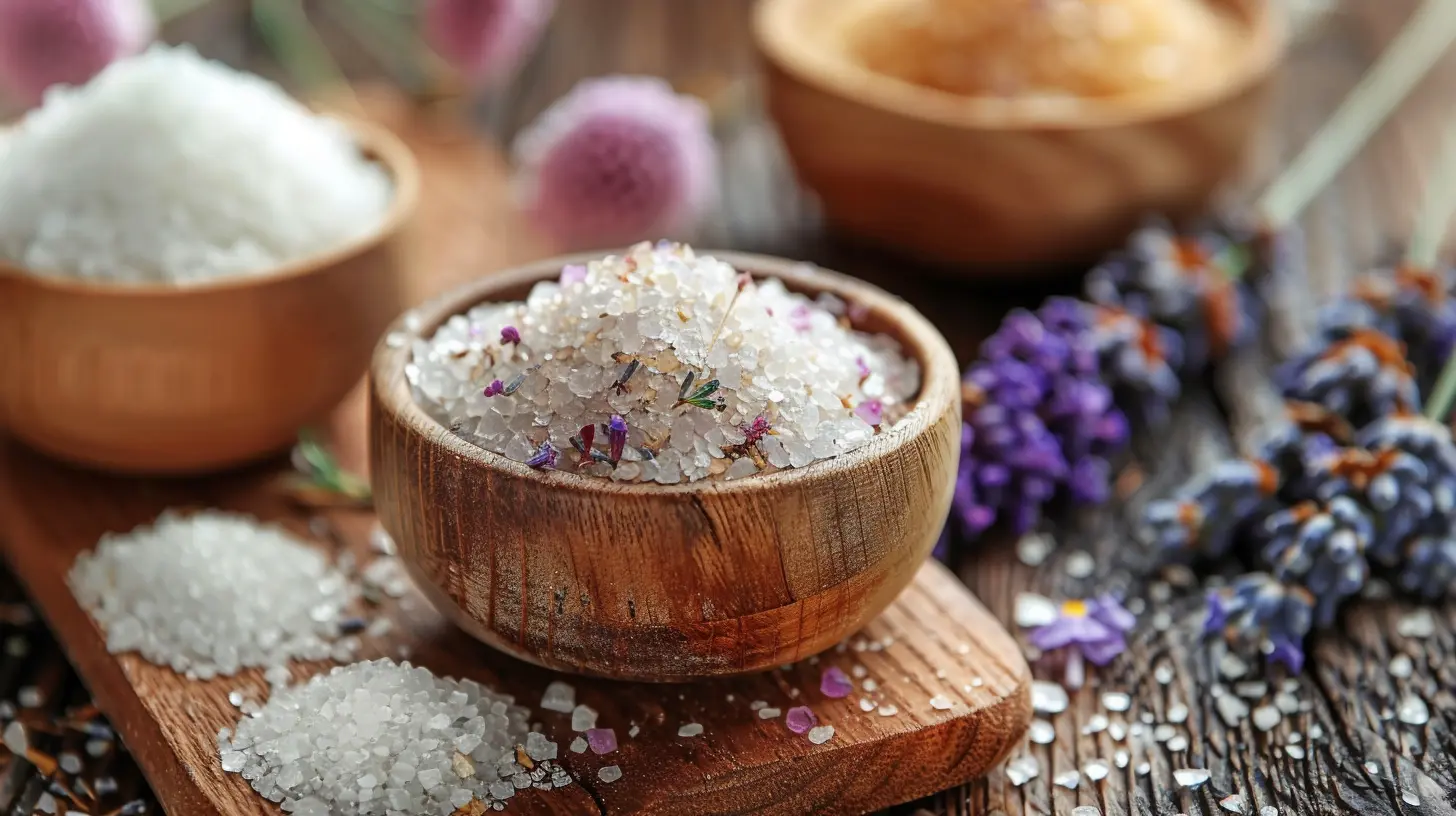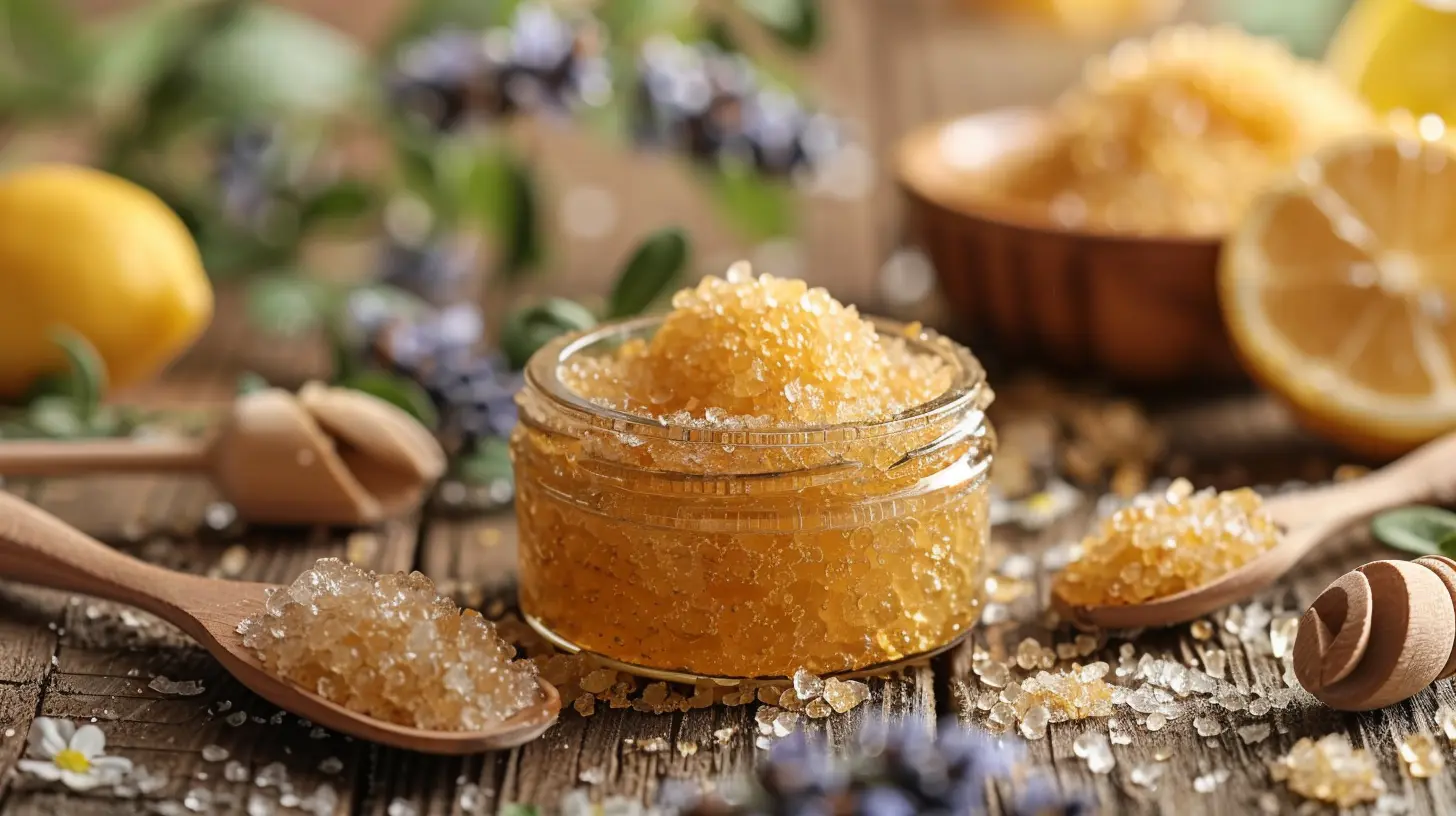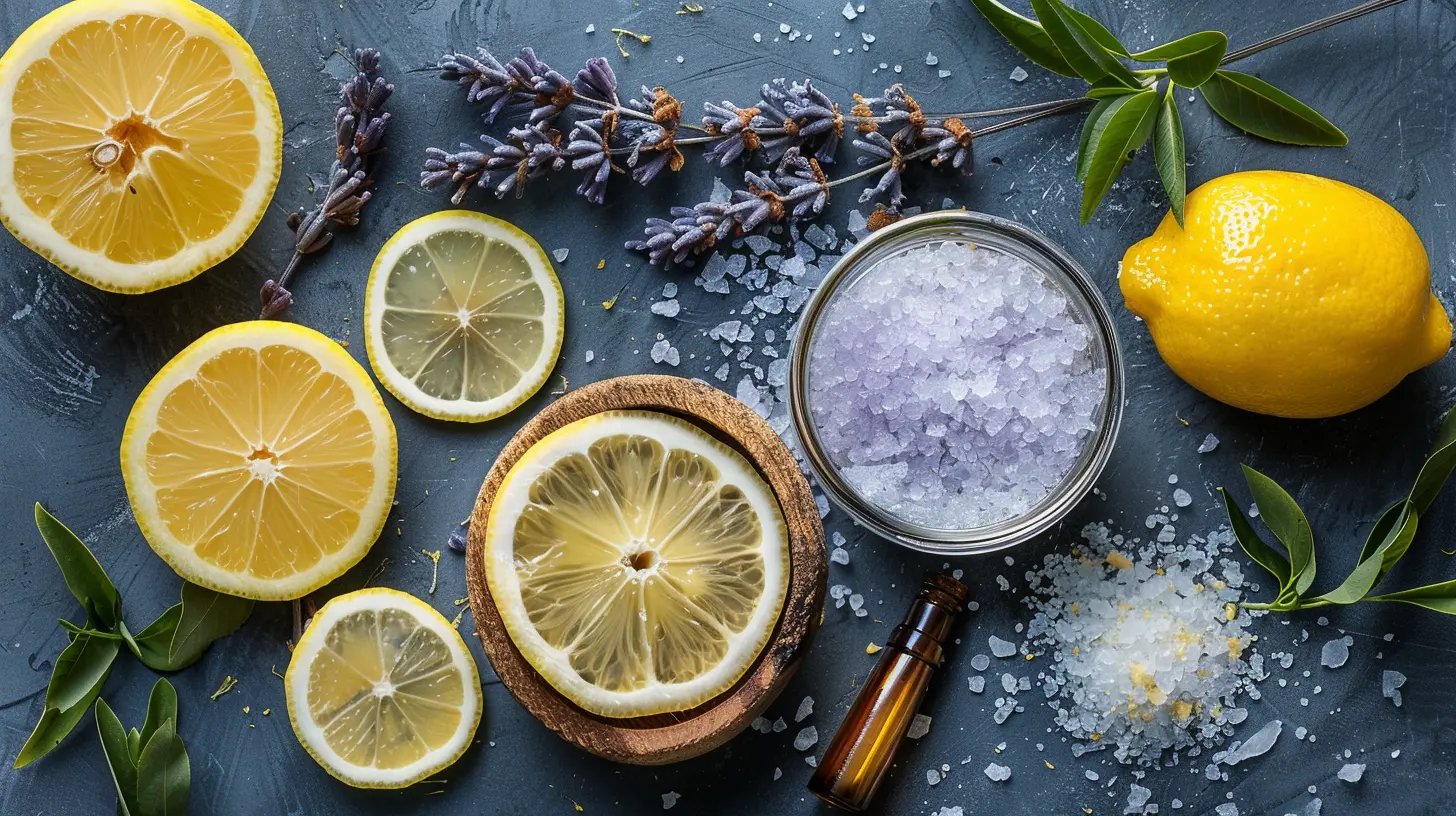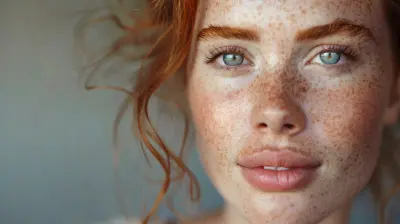Understanding the Science Behind Exfoliation
16 June 2025
Ever wonder why your skin doesn’t always feel as soft, smooth, or glowy as you’d like it to? It’s not always about hydration or even the moisturizer you're using — sometimes, your skin just needs a little nudge to let go of the old to make room for the new. That's where exfoliation comes in.
In this post, we’re diving into the nitty-gritty (pun totally intended) of exfoliation — what it is, how it works, why it matters, and how to do it right. So, if you're ready to get up close and personal with your skin and unlock that radiant glow, let’s get into it.
What Is Exfoliation, Really?
At its core, exfoliation is the process of removing dead skin cells from the surface of your skin. Think of it like sweeping up the crumbs after a meal. Your skin naturally sheds dead cells — in fact, you lose about 30,000 to 40,000 every single minute. But sometimes, those cells don’t fall off on their own, especially as we age. That’s where exfoliating comes to the rescue.By sloughing off the old cells, you're making room for new ones to shine. Your skin looks brighter, feels softer, and even absorbs skincare products better. It’s like clearing the path so the good stuff can get through.
Why Dead Skin Cells Need the Boot
Okay, so dead skin cells sound harmless enough, right? They’re just... there. But if they stick around too long, they can clog your pores, cause breakouts, dull your complexion, and make your skin feel rough. It’s like having a dirty window — doesn’t matter how fancy your curtains are if you can’t see through the glass.Also, as we grow older, our skin’s natural ability to shed these dead cells slows down — cue the dullness, fine lines, and uneven texture. Regular exfoliation helps keep this biological clock ticking a little more efficiently.
The Two Main Types of Exfoliation
Now here’s where things get a little science-y (but don’t worry, I’ll keep it light). Exfoliation falls into two basic categories:1. Physical (Mechanical) Exfoliation
This is the old-school, scrub-it-off method. It involves using a gritty substance — like sugar, salt, or microbeads (though those are best avoided for environmental reasons) — or a tool like a brush or sponge to manually remove dead skin.Think of it like using a loofah to scrub off dirt after a day at the beach. It’s instant and satisfying, but it’s easy to go overboard. Less is more here.
Best for: Oily or thicker skin types, or areas like elbows and feet.
2. Chemical Exfoliation
Don’t let the word "chemical" scare you — this type of exfoliation is often gentler than scrubbing. Instead of rubbing away dead skin, chemical exfoliants dissolve the bonds holding the cells together so they can fall away more naturally.They usually come in the form of acids or enzymes. Common culprits include:
- AHAs (Alpha Hydroxy Acids): Like glycolic acid or lactic acid — great for dry or sun-damaged skin.
- BHAs (Beta Hydroxy Acids): Like salicylic acid — more suitable for oily or acne-prone skin.
- Enzymes: Derived from fruits (like papaya or pineapple) — gentle exfoliants ideal for sensitive skin.
Best for: Most skin types — just pick the right acid for your specific needs.
How Exfoliation Works: The Science Simplified
Let’s break it down: your skin is made up of multiple layers. The outermost layer (epidermis) is home to your dead skin cells. These cells are supposed to naturally flake off over time to make way for new ones rising from underneath. But sometimes that shedding process needs a little help.When you exfoliate, you accelerate this natural turnover process. By removing the top layer of the epidermis, your skin is triggered to produce more new cells. This not only improves texture and tone, but it can reduce the look of fine lines, boost collagen production, and even fade dark spots over time.
It’s like pressing the refresh button on your face.
The Benefits: Why Your Skin Will Thank You
Once you make exfoliation a regular part of your skincare routine (hint: 1–2 times a week for most), your skin will basically stand up and give you a round of applause. Here’s what to expect:✨ Smoother Texture
Dead skin = bumpy surface. Exfoliating smooths things out, making your skin feel soft like a baby’s cheek (no exaggeration here).✨ Brighter Complexion
Get ready to ditch the dullness. With the dead layer gone, the newer, more radiant skin underneath can shine through.✨ Fewer Breakouts
Exfoliating helps unclog pores, which means there’s less room for blackheads, whiteheads, and those annoying pimples to take up residence.✨ Better Product Absorption
You know that fancy serum you love? It works better when it isn’t fighting to get through layers of dead skin.✨ More Even Skin Tone
Regular exfoliation can help reduce the appearance of dark spots, sun damage, and even mild acne scars over time.Exfoliation Do's and Don'ts
Doing it right is just as important as doing it at all. Let’s talk ground rules.✅ Do:
- Choose the right exfoliant for your skin type.- Start slow — once a week is plenty if you're new to this.
- Moisturize afterwards to lock in hydration.
- Apply sunscreen daily — exfoliated skin is more sensitive to UV rays.
- Listen to your skin. If it’s red, stung, or irritated, back off.
❌ Don’t:
- Exfoliate every day. More isn’t always better.- Use harsh scrubs with large, jagged particles (we’re looking at you, crushed walnut shells).
- Mix too many acids or active ingredients — it’s a fast track to angry skin.
- Forget your neck and chest — they deserve love too!
Can You Overdo It?
Absolutely. Over-exfoliating is a real issue, and it can backfire big time.Too much exfoliation can strip your skin of its natural oils, damage the protective barrier, increase sensitivity, and even cause breakouts — which is, ironically, what you were probably trying to fix in the first place.
If your skin starts feeling tight, stings when you apply products, or looks shiny but flaky (yes, that’s a thing), you’ve probably over-exfoliated. Give your skin a break, load up on hydration, and ease back in slowly.
Matching Exfoliation to Your Skin Type
Let’s break it down by skin type so you can find your exfoliation soulmate.🧴 Dry or Sensitive Skin
Go for:- Gentle AHAs like lactic acid
- Enzyme exfoliants
- Soft physical scrubs (like oatmeal-based)
Avoid:
- Strong acids like glycolic (at least in the beginning)
- Harsh scrubbing tools
🧪 Oily or Acne-Prone Skin
Go for:- BHAs like salicylic acid (they penetrate oily pores effectively)
- Clay-based exfoliating masks
Avoid:
- Over-exfoliating — especially with scrubs, which can spread bacteria
🧖♀️ Normal or Combo Skin
You lucky duck! You can usually handle a mix of exfoliants. Just pay attention to how your skin reacts and find a balance that works.Exfoliating Different Parts of the Body
Exfoliation isn’t just for your face, ya know. Your entire body can benefit! Here's the lowdown:- Lips: Use a gentle sugar scrub or even a soft toothbrush.
- Feet and Elbows: Coarser scrubs or pumice stones work well here.
- Scalp: Yep, your head sheds, too! Scalp exfoliation can help remove buildup and boost hair growth.
- Back and Chest: Acne-prone areas? Use a salicylic body wash or scrub here once or twice a week.
Exfoliation and Anti-Aging: A Secret Weapon?
Want that youthful glow? Exfoliation can help get you there. As we age, our skin’s cell turnover slows dramatically. This can lead to everything from fine lines to uneven texture and dullness. Regular exfoliation helps encourage newer, fresher cells to reach the surface faster — making your skin look plumper, more even, and yep, younger.Some anti-aging exfoliants even contain retinol or peptides, which deliver a double whammy of wrinkle-fighting and cell-renewing power.
Final Thoughts: Keep It Simple, Keep It Smart
So, to sum it all up — exfoliation is kind of like taking out the skin's trash. When you do it wisely and with the right tools, it opens the door to smooth, glowing, healthy-looking skin. But go too hard or use the wrong products, and you might just end up doing more harm than good.Start slow, be gentle, and listen to what your skin is telling you. Trust me, it’ll thank you with that irresistible glow we’re all chasing.
all images in this post were generated using AI tools
Category:
Healthy SkinAuthor:

Sophia Wyatt
Discussion
rate this article
2 comments
Hayden Adkins
Great article! Understanding the benefits of exfoliation is crucial for healthy skin. Incorporating gentle exfoliation into your routine can enhance cell turnover and improve skin texture. Keep sharing valuable insights!
June 19, 2025 at 3:00 AM

Sophia Wyatt
Thank you for your kind words! I'm glad you found the article helpful. Exfoliation truly makes a difference in skin health!
Kirk McClintock
Exfoliation: giving your skin a fresh start! Just like a spring cleaning for your face. 🌟✨
June 17, 2025 at 2:28 AM

Sophia Wyatt
Absolutely! Exfoliation rejuvenates the skin by removing dead cells, promoting cell turnover, and enhancing radiance, much like a refreshing spring clean! 🌼


